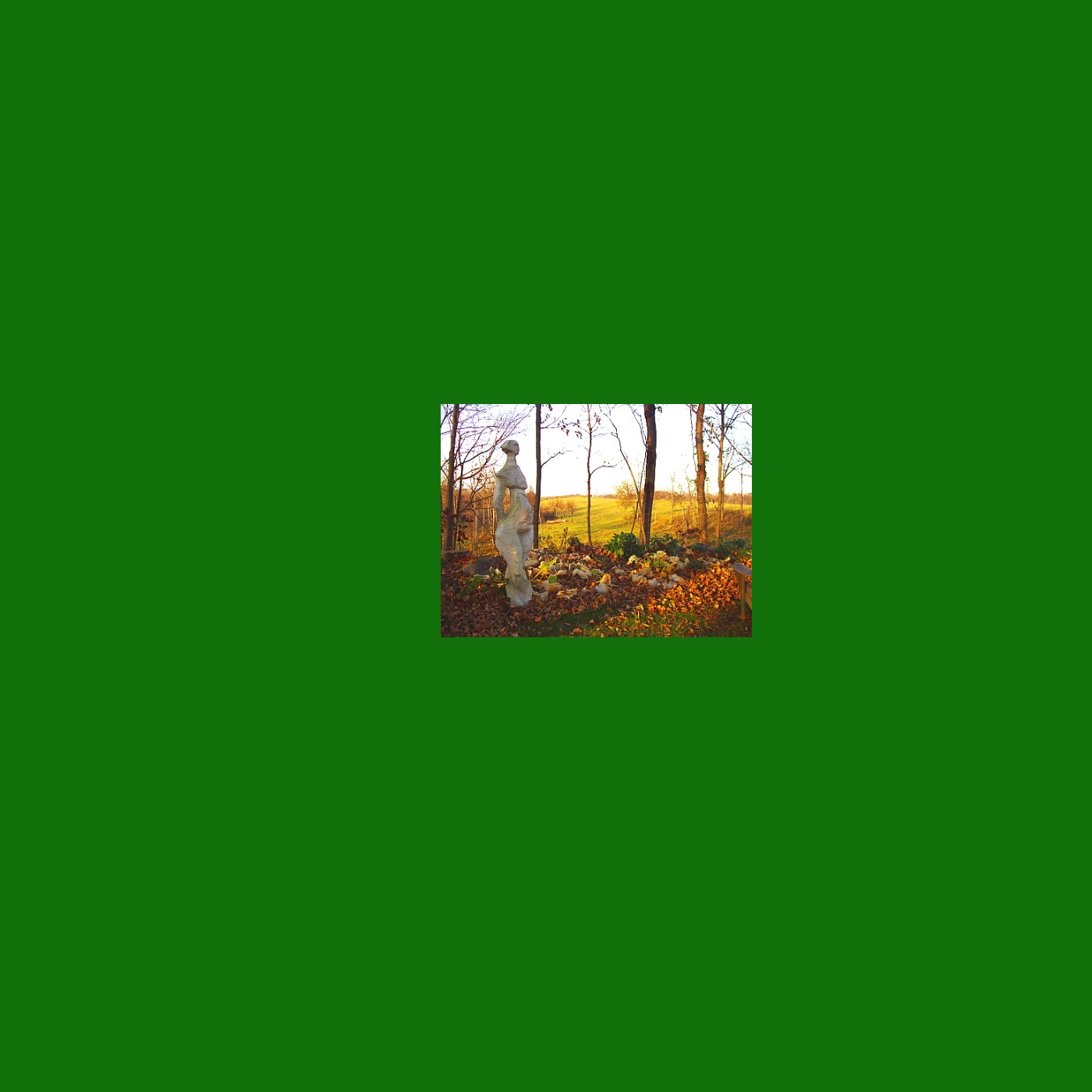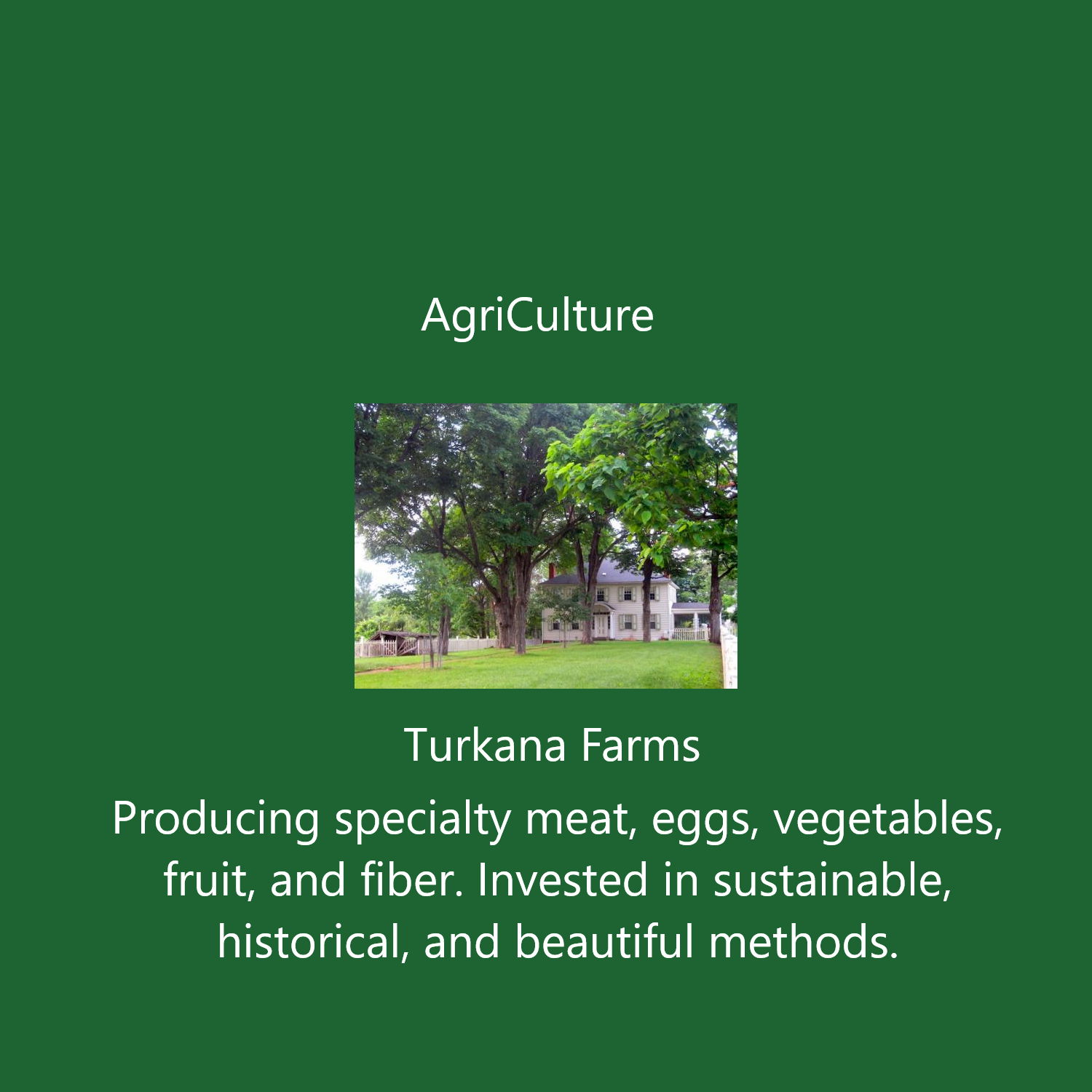| TURKANA FARMS, LLC |

| WHAT'S NEW THIS WEEK:Elder flowers, $2/bunch - great for infusions Purslane is plentiful, $2/bag Zucchini, $1.50 /lb Cherry belle radishes, $2/bunch Unfortunately we had a deer incursion, stripping us of all the gooseberries and beautiful lettuce in its prime, as well as pepper plants Fava bean season is behind us. |

| Oak Savannah habitat, sans vines, thanks to Troy and the other interns |
| Hey all, Troy here,They creep, they bind, they multiply. They can fell large trees and swallow entire buildings. They follow their own rules, and they climb anything that gets in their way. Now, they’re trying to take over our farm. But I won’t let them. I’m talking, of course, about vines.I’ve been battling these creeping terrors in one form or another for years now. In my previous job at the National Ecological Observatory Network, the vines (or as we called them in the industry, “lianas”) were a real menace. In some of our research plots in the Shenandoah Valley, the vines formed impassable thickets, making it difficult to collect the data we sought. In many cases, this was a mere hurdle. I could say, “I cannot go in there, the vines will take me. I will go around.” To which my supervisors would respond, “Good call, it is not worth the risk.” But sometimes we needed to measure the vines themselves to estimate their contribution to forest biomass, and my supervisors would say, “It’s fine, we’ll get more technicians to replace you next year.” So, in the interest of the greater scientific good, I would crawl into the vine pits with a measuring tape, a small pair of calipers, and a dictionary-sized copy of the “protocol” detailing the dozens of vine types I might encounter within.At first, the vines would let me in to get comfortable. I would measure the ones near me, and look for their rooting points – not so bad. Then, they would begin to tease me. “Wait, these two vines are actually the same one. Strange, this one has like fifty rooting points.” Sweating nervously, I would flip through the protocol for guidance – maybe this pattern is described in one of the appendices… Then it dawned on me: The whole mess was all one vine! I turned to escape, but the vine had wrapped itself around my ankle. I struggled to break loose, but like a fly in a web, I only got more tangled. Pretty soon, the vine was tearing out pages from my protocol and hitting me on the head with my own calipers. This was pretty common, and difficult to explain upon returning from the field. That is, until everyone else got a chance to try measuring lianas.Even before working for the Observatory, I had some prior experience dealing with aggressive vines, only this time I was meant to eliminate them rather than observe them. Through Americorps, I worked for the Indiana Dunes National Park clearing out invasive species and promoting native ones. The goal was to restore the landscape to its original “Oak Savannah” habitat as part of a larger effort to save the critically endangered Karner Blue Butterfly. This involved doing “sweeps” throughout the park with various tools for removing invasive plants, our most effective being glyphosate herbicide (aka Roundup). Our public enemy number one was a vine called Oriental bittersweet (aka Celastrus orbiculatus).Some of you may be familiar with bittersweet. It has a round, orb-like leaf that tapers to a small point. The stem is woody with characteristic white spots which apparently help with oxygen exchange. The root is tough, stubborn, and bright orange. Once it latches onto something tall, it grows vertically at an alarming rate, and if it doesn’t have a substrate to latch onto, it coils around another bittersweet vine forming a sturdy, braided trunk. It’s so successful that it can shade out oak trees, kill them, and tear them down under the weight of all the vines. Our crew quested for it so intensely that summer that I started to dream about it. It wasn’t just in my dreams, it was my dreams – no other context, just bittersweet. Now, I’m great at spotting it from a distance. I can see its bright green, fingerlike projections searching for a host to… finger. I also developed a pavlovian urge to destroy it on sight.These skills have served me well the past week as I’ve made war on the vines creeping around the farm. We have a couple of tulip poplars by the driveway that look fine from a distance, except that they are dead – their apparently healthy green foliage is, in reality, all bittersweet. Bittersweet is also doing a number on our critically important deer-repellent fences. Armed with loppers and a bit of herbicide to spray on the stumps, I’ve begun my counterattacks – and I’m using a ‘leave none to tell the tale’ approach.Having become accustomed to my role as a sworn enemy of vines, I can be a bit skeptical when Victoria and Mark ask me to help take care of our precious vine crops. We’re supposed to water our cucumbers, not rip them out of the ground. We need to protect the peas from critters, not feed them to our pet rabbit, MapQuest. And we even have to “train” the tomatoes to latch onto their carefully strung trellises. I’m not used to having this relationship with vines, but I’m coming around. As satisfying as it is to see a massive bittersweet wither after a good lopping, it is equally so to pick a plump cucumber and have it in a salad later that evening. It turns out, some vines are good.Actually, both friend and enemy vines share some amazing characteristics, now that I think of it. They can grow quickly and in any direction. They are incredibly adaptable. If something happens to the structure they’re growing on, they can keep growing until they find another. They can grow along the ground and re-root – almost as if they are actually crawling. And they produce delicious food! One of the reasons bittersweet is so successful is that birds (particularly goldfinches) cannot resist the berries. The same can be said about Sun Gold tomatoes, which are irresistible to us humans, and will be available very soon. |
| WHAT'S AVAILABLE THIS WEEKLots of Rainbow Chard - $3/bunch Mugwort, $1/bunch for infusions or tea Beets, $4/bunch (mixed bunches Chiogga, Detroit Red, Golden, or tell us your preference), Scallions, $2/bunch Kale $3/bunch Collards, $3/bunch Purslane, $2/bag Elder flowers, $2/bunch - great for infusions Zucchini, $1.50 /lb Cherry belle radishes, $2/bunch SORREL, $2/BAG MINT: $.75 a bunch DILL: $.75 a bunch SHISO LEAVES, $1.00 FOR 10Currants, black $6/pintEGGS: Production is now in overdrive. We can handle all your orders. $5/dozMEATS: We keep some on hand, but it helps to order ahead in case we need to retrieve from our stash in the big commercial freezerGEESE: One remaining, about 8.5 lbs. $10/lb.TURKEYS: A few small ones left over and frozen $11/lb .GUINEA FOWL, We are sold out!ROASTING CHICKENS - We are sold out til FallLAMB: shoulder roasts at $10/lb, riblets $8/lb, small and larger leg roasts $14/lb, lamb stew $7/lb, shanks, $10/lbPORK: Loin pork chops, $12/lb (2 to a pack, btwn 1 and 1.5 lbs), Jowl (roughly 2 to 3 lbs each), $12/lb, Spare ribs and country ribs $7/lb baby back ribs $8/lb fresh ham roasts (2 to 3 lbs), $12/lb picnic or Boston butt roasts (roughly 2 lbs) $12/lb smoked bacon, $12/lb Kielbasa $8/lbDUCKS: SOLD OUTCOMPOST, $6/Bag, approx. 40 lbs. |
| FARM PICKUPS:Email us your order at [email protected], and let us know when you'd like to pick up your order. It will be put out for you on the side screened porch of the farmhouse (110 Lasher Ave., Germantown) in a bag. You can leave cash or a check in the now famous pineapple on the porch table. Regular pickup times are Saturday and Sunday from 11 a.m. to 1 p.m. and 4 p.m. to 5 p.m., other days by arrangement. If you have questions, don't hesitate to call at 518-537-3815 or email. |

Turkana Farms, LLC, is a small-scale producer of heritage breed livestock and a wide array of vegetables and berries on just over 39 acres...

Part of my chore-time ritual, twice a day, is to muck a wheelbarrow full of accumulated waste hay and sheep poop from the barn...

Turkana Farms, LLC, is a small-scale producer of heritage breed livestock and a wide array of vegetables and berries on just over 39 acres...